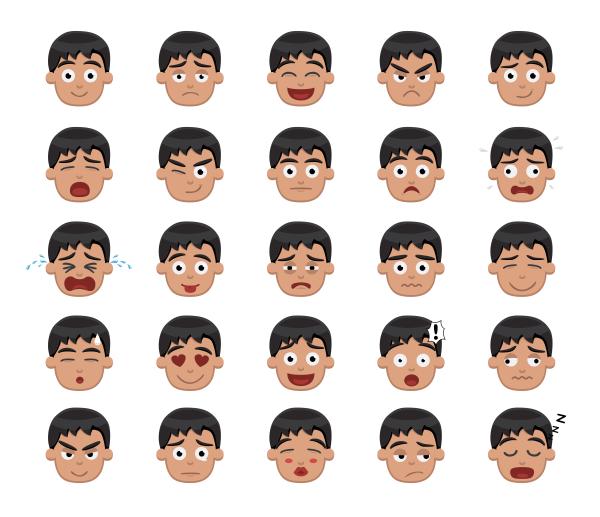In the study of human behavior, it's basically accepted that when left to their own devices individuals gravitate towards things that are familiar to them. Commonality in class, education, race and skin color, and income all influence many of the decisions that we make and those we choose to be with.
That idea also extends to the realm of facial recognition. And a new study indicates that those who observe and come into contact with a wider range of different faces are more prone to instantly "like" (accept) an unknown person based solely by their facial features.
More specifically, the wider your exposure to many different types and shapes of faces -- which, in turn, defines a person's idea of an "average" human face -- the greater the chances that "you like faces that are closer to your own definition of a typical face."
That's the primary conclusion of a paper titled "Statistical learning shapes face evaluation," which was just published online in the journal Nature Human Behaviour, and authored by Ron Dotsch, Ran Hassin and Princeton University professor Alexander Todorov, who had conducted previous research on the topic of physiognomy, which is, according to the authors, "the art of reading character from faces."
The authors say that when subjects were shown images of many faces, the more exposure or "learned distribution" they experienced, the more comfortable they became.
"We have shown that the location of a face in a learned distribution of facial features affects how it is evaluated: the closer the face to the central tendency, the more positively it is evaluated," the paper stated. Moreover, "We have shown that these distributions can be learned in a relatively short time (in only 500 exposures to objects sampled from those distributions)."
The 339 subjects who participated in the four-phase study were asked, in part, to judge strangers' "trustworthiness, attractiveness, competence and other characteristics," based on hundreds of images of faces that they viewed, according to a university release.
"Our results show that the mere statistical position of faces imbues them with social meaning -- faces are evaluated more negatively the more they deviate from a learned central tendency, or what each person considers a typical face," according to Prof. Todorov. "These determinants of impressions are not about facial features per se but about one's learning of faces. In other words, although there is no 'average' human face, you like faces that are closer to your own definition of a typical face."
In a previous study, Mr. Todorov, a professor of psychology, and colleagues determined that we all form "instantaneous impressions from facial appearance," and oftentimes those conclusions are incorrect. This study, by introducing the concept of the sheer number of facial images a study subject is exposed to, expands on those previous conclusions.




